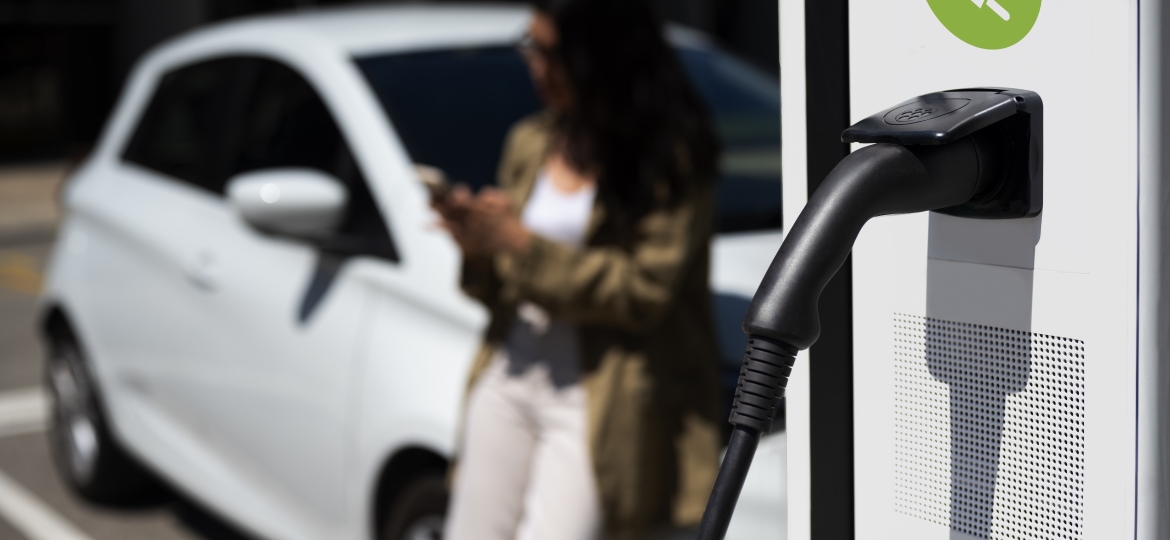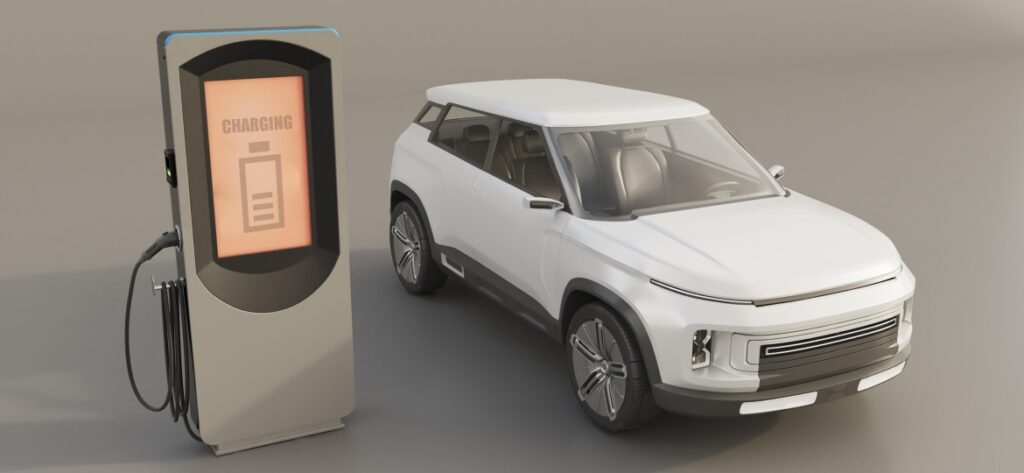May_Rechargeable Pile|Electric Vehicle Hot Sales Driving Rechargeable Pile Development Trend(Up)
Global EV sales have experienced unprecedented growth over the past year, reaching 9.8 million units in 2022, a trend that is expected to continue, reaching 28.4 million units in 2027 at an average growth rate of 30% (Figure 1). However, with the popularity of EVs, the shortage of charging stations has become a growing problem; as the growth of EVs outpaces the supply of charging stations, the ratio of EVs to charging stations is much larger than the optimal vehicle-to-pile ratio (3:1) in many regions (17:1 in the U.S., 6.7:1 in Europe, 6.5:1 in China, and 18:1 in South Korea), which is undoubtedly hampering the development of the EV market. To address this issue, the governments of the European Union, the United States, China, and South Korea have proposed plans to close the gap between EV demand and charging infrastructure supply. For example, the European Commission plans to build at least one million public charging stations by 2025. In the U.S., President Biden has proposed a $7.5 billion program to support the development of EV charging infrastructure. In China, the government is actively subsidizing companies and individuals who install charging stations, and plans to complete construction of 10 million charging stations by 2030. In Korea, the government plans to build 100,000 EV charging stations by 2025, including 40,000 fast charging stations. Through the use of government policies and subsidies to try to solve the problem of excessive vehicle-to-pile ratios, it is expected that system vendors and operators will seize the opportunity of subsidies to accelerate the construction of charging piles in order to increase the market share of their own brands; therefore, the speed of the global installation of charging piles will be further increased in the next few years.










